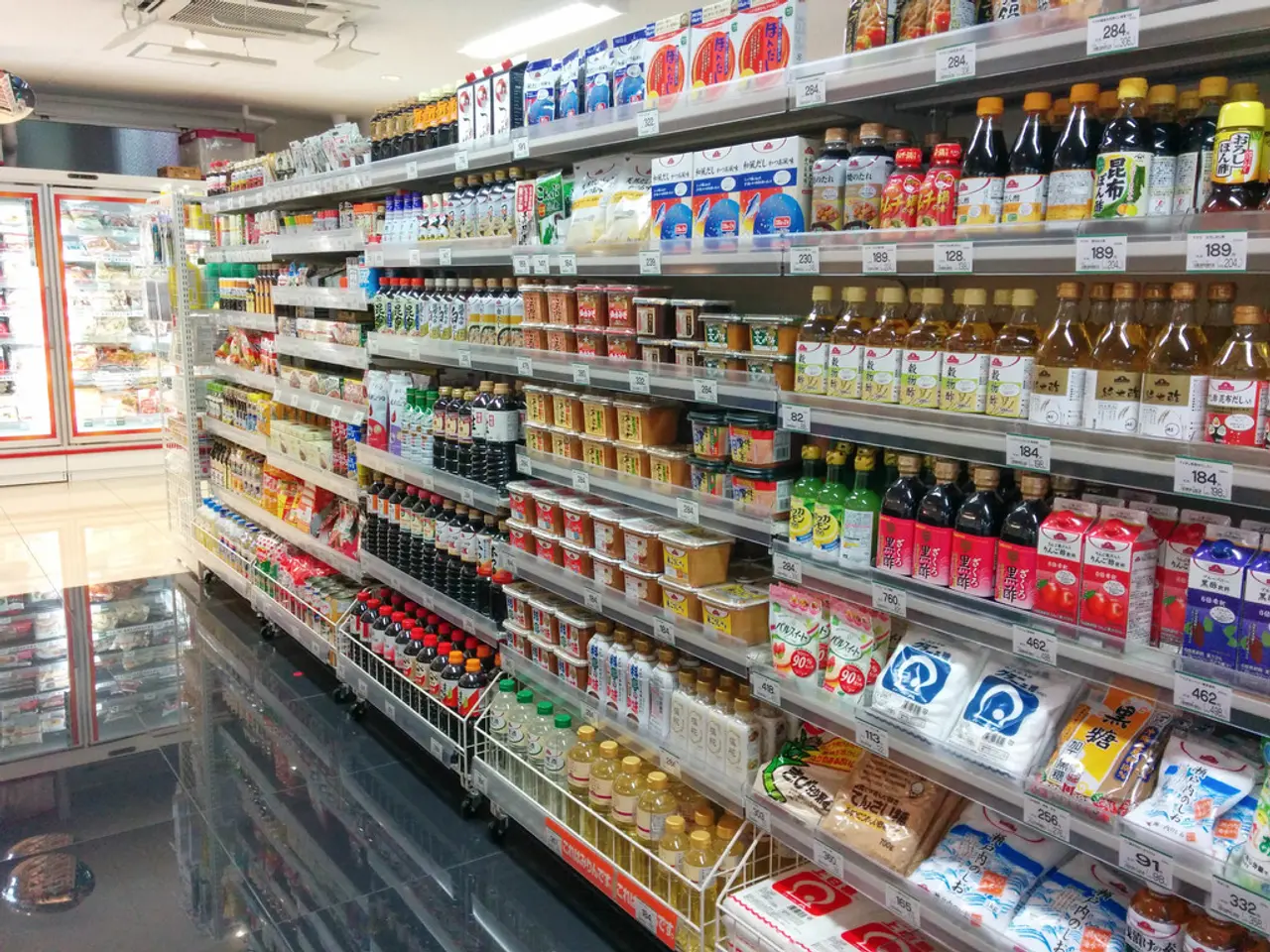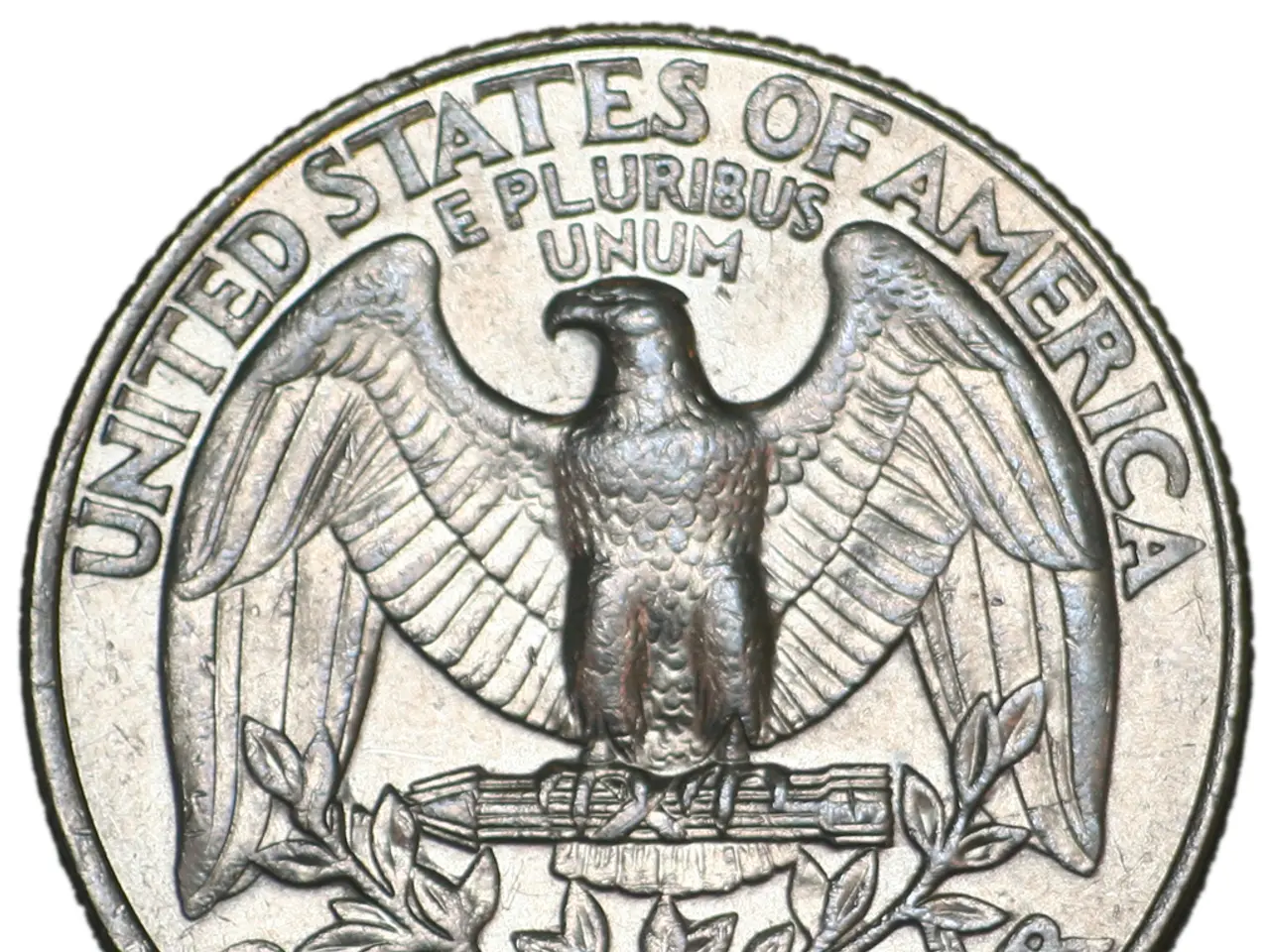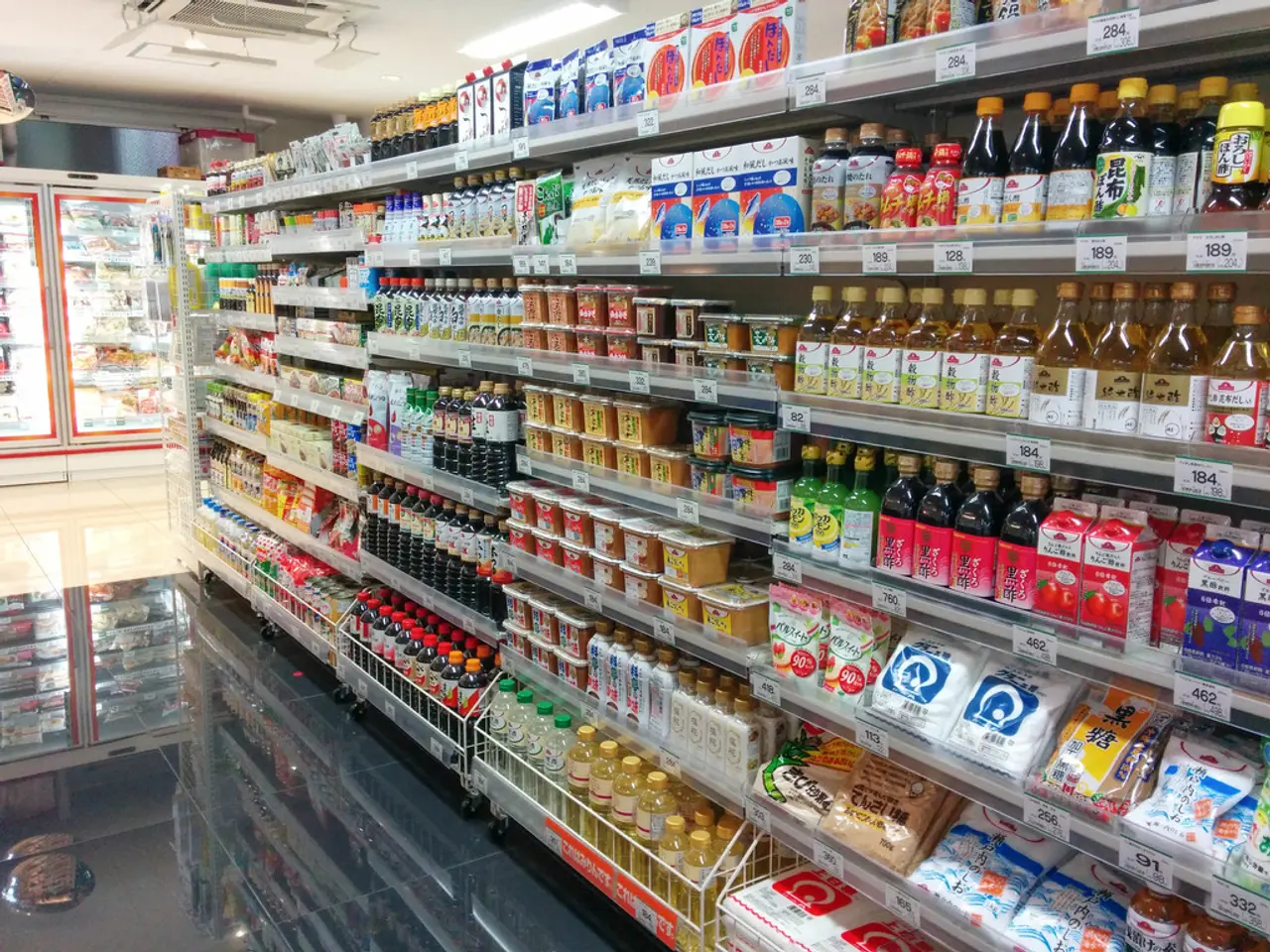Agtech Implementation Struggles and How a Minimum Viable Ecosystem (MVE) Could Provide a Solution
In the rapidly evolving world of agrifoodtech, the Minimum Viable Ecosystem (MVE) approach is gaining traction as a strategic method for fostering the adoption and success of new agricultural technologies. This approach emphasises the importance of designing for ecosystem adoption, collaboration, and mutual benefit across the entire supply chain.
Rob Ward, a renowned expert in agrifoodtech, emphasises the significance of this approach. Having invented and scaled the world's first field-scale soilless strawberry system, and holding leadership roles in various agtech companies, Ward now advises agtech businesses and investors worldwide on market strategy, adoption, and growth.
The MVE approach is centred around building the smallest, yet complete, network of essential partners, collaborators, and influencers needed to validate, support, and scale a new agricultural technology or business model. This strategy goes beyond delivering innovative tools alone by architecting the entire ecosystem to embrace, integrate, and mutually benefit from new agrifood technologies.
To build an MVE, innovators should begin by mapping their value chain and identifying critical nodes such as input suppliers, distributors, large-scale farms, co-ops, and key influencers. Engaging these stakeholders early on can help reduce risk and foster wider acceptance of the technology. By creating a pre-competitive consortium where risks, learnings, and benefits are shared openly, innovators can generate early wins (like improved crop yields or cost reductions) that build credibility and momentum.
One key aspect of the MVE approach is the alignment of business models to share benefits with supply chain partners. This can include revenue share, cost savings, and expanded market access. Drafting "Partner Value Charters" that formalise each player's new role and reward is a crucial step in this process.
The MVE approach addresses a common issue in agtech adoption—the failure not due to inferior technology but due to a lack of ecosystem alignment. By creating trust via champion partners and clear value alignment across stakeholders, the MVE design helps overcome ecosystem resistance.
Moreover, the MVE enables network effects by ensuring the technology creates profit and value for multiple partners, leading to a self-reinforcing growth cycle beyond individual adopters. This de-risks the venture for investors and corporates by proving market feasibility and collaboration.
Investors and corporates should ask if a startup has mapped its supply chain and engaged pivotal partners, and if there is a clear path to value alignment (not value destruction). Publicising early wins, such as yield increases or cost reductions, can attract more followers and further validate the technology.
A personal lesson learned by Ward, as a commercial strawberry farmer, is the power of creating a new ecosystem for strawberry growing. By replacing unsustainable peat with coir, developing a new growing container, and aligning his solution with irrigation and polytunnel providers, Ward created a sustainable and profitable ecosystem for strawberry farming.
In conclusion, the MVE approach is a game-changer for agrifoodtech, as it focuses on designing for ecosystem adoption, collaboration, and mutual benefit. By embracing this approach, startups and innovators can significantly increase the likelihood of adoption and impact in the industry.
- Rob Ward, acknowledging the importance of the MVE approach, suggests that agtech businesses should aim to align their business models to share benefits with supply chain partners, such as revenue share, cost savings, and expanded market access.
- In the world of agrifoodtech, the MVE approach encourages startups and innovators to create a pre-competitive consortium where risks, learnings, and benefits are shared openly, enabling the technology to create profit and value for multiple partners, leading to a self-reinforcing growth cycle.




